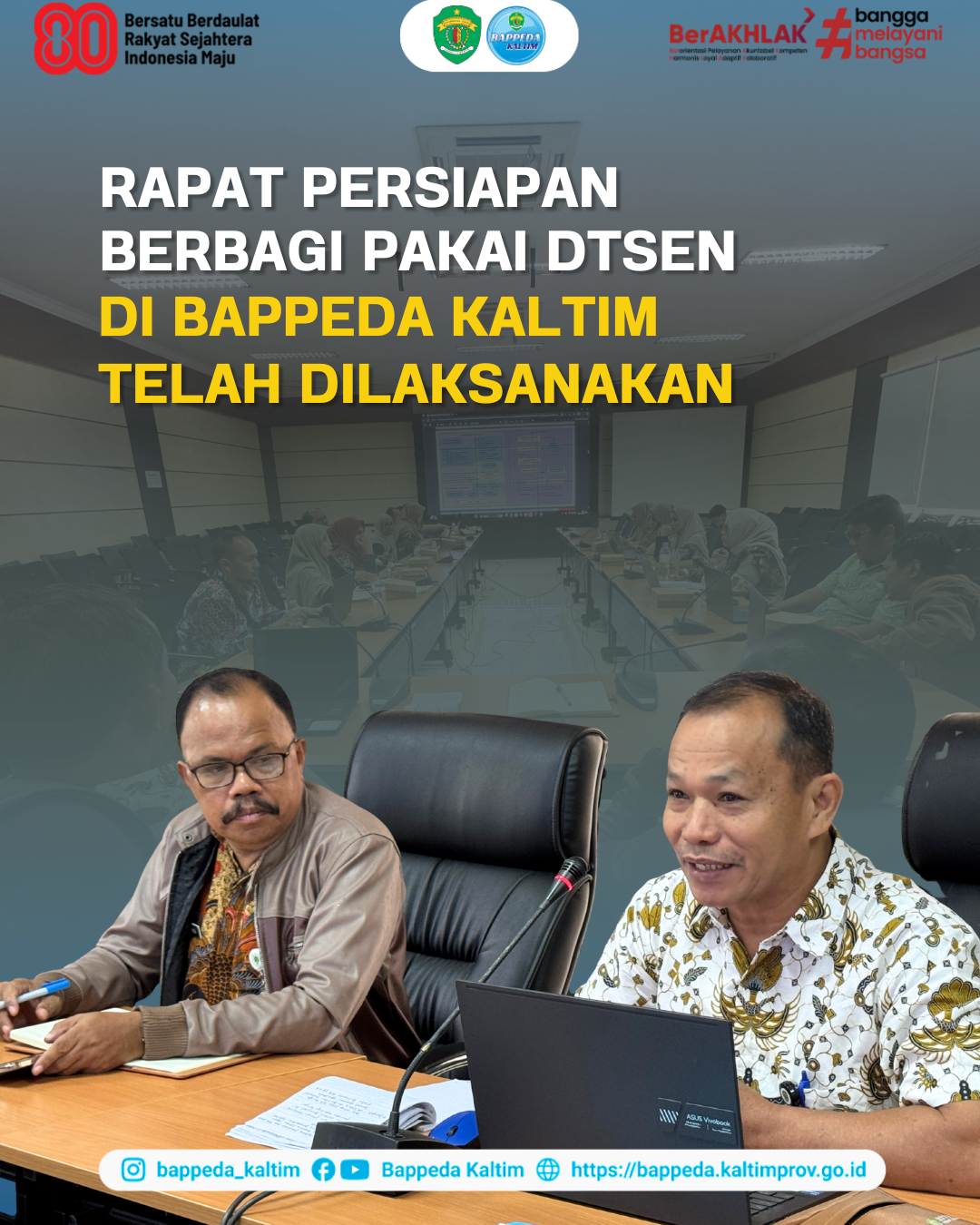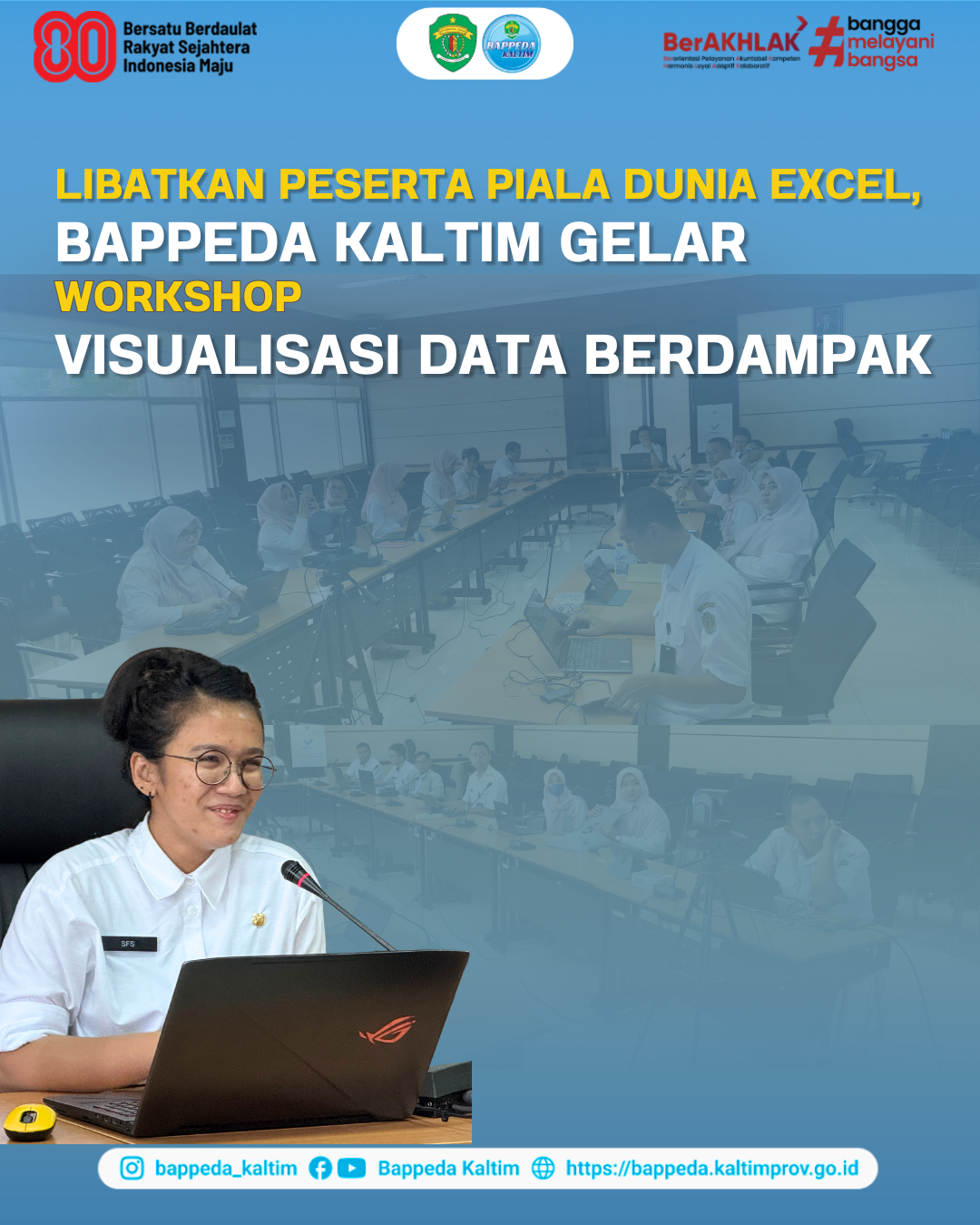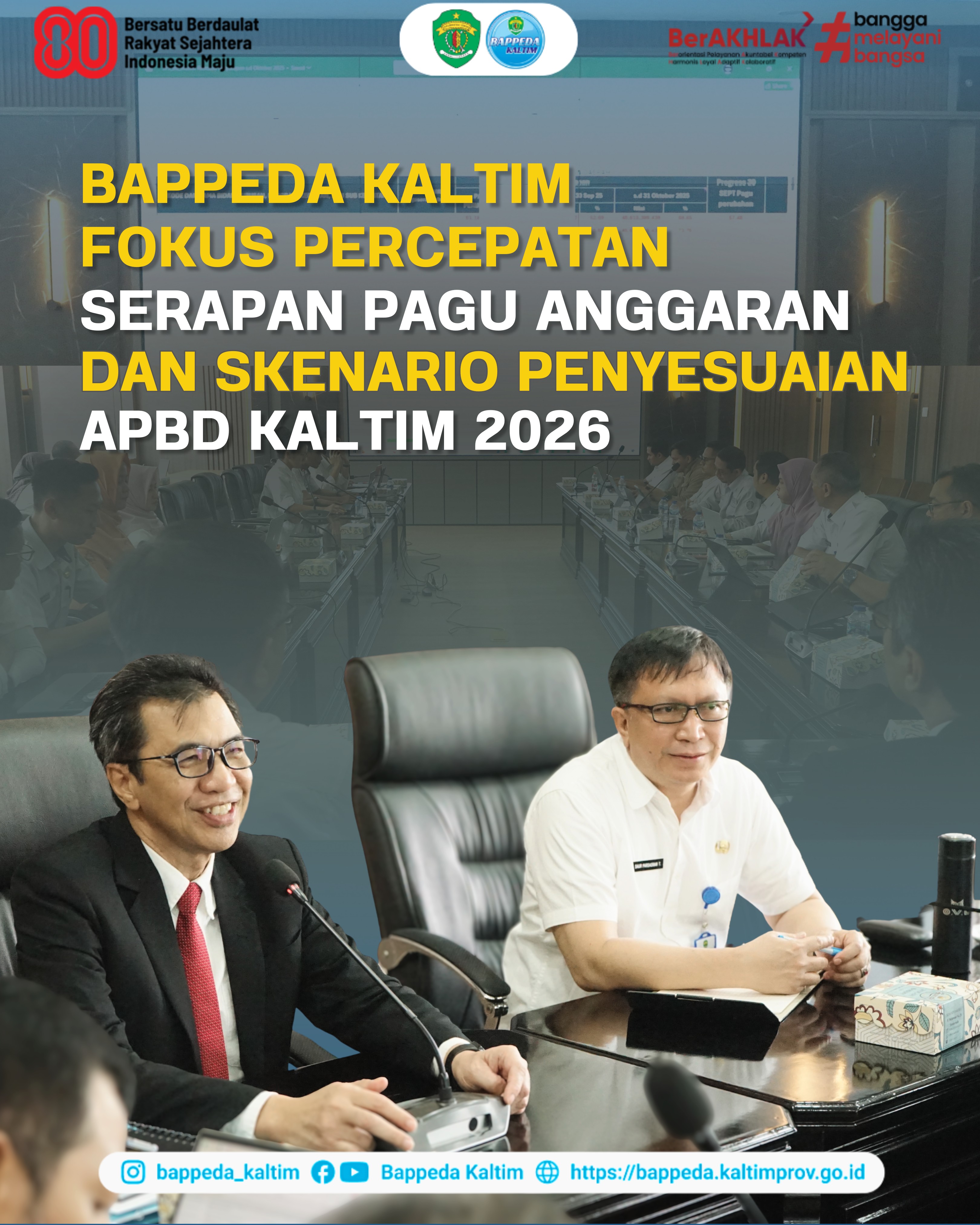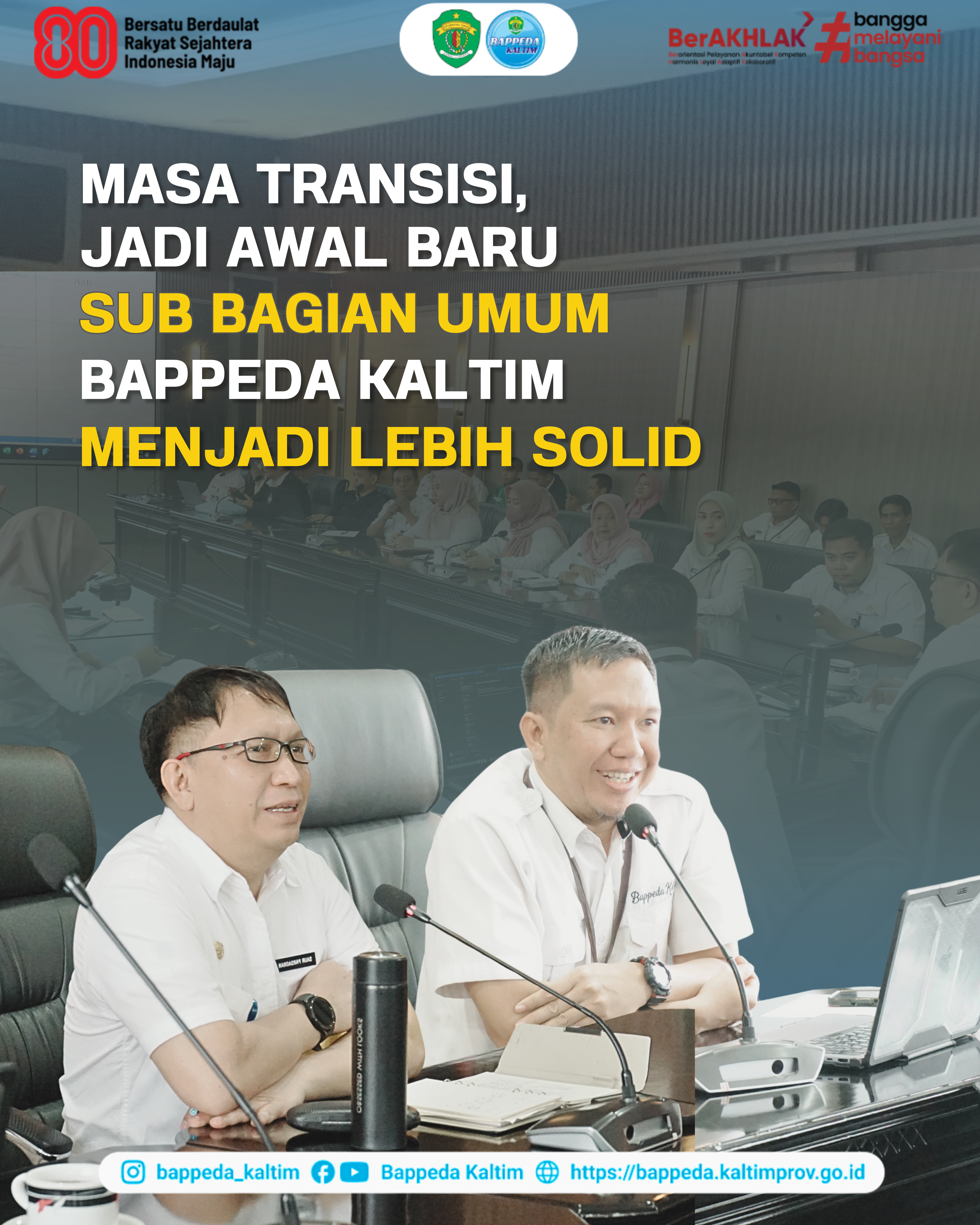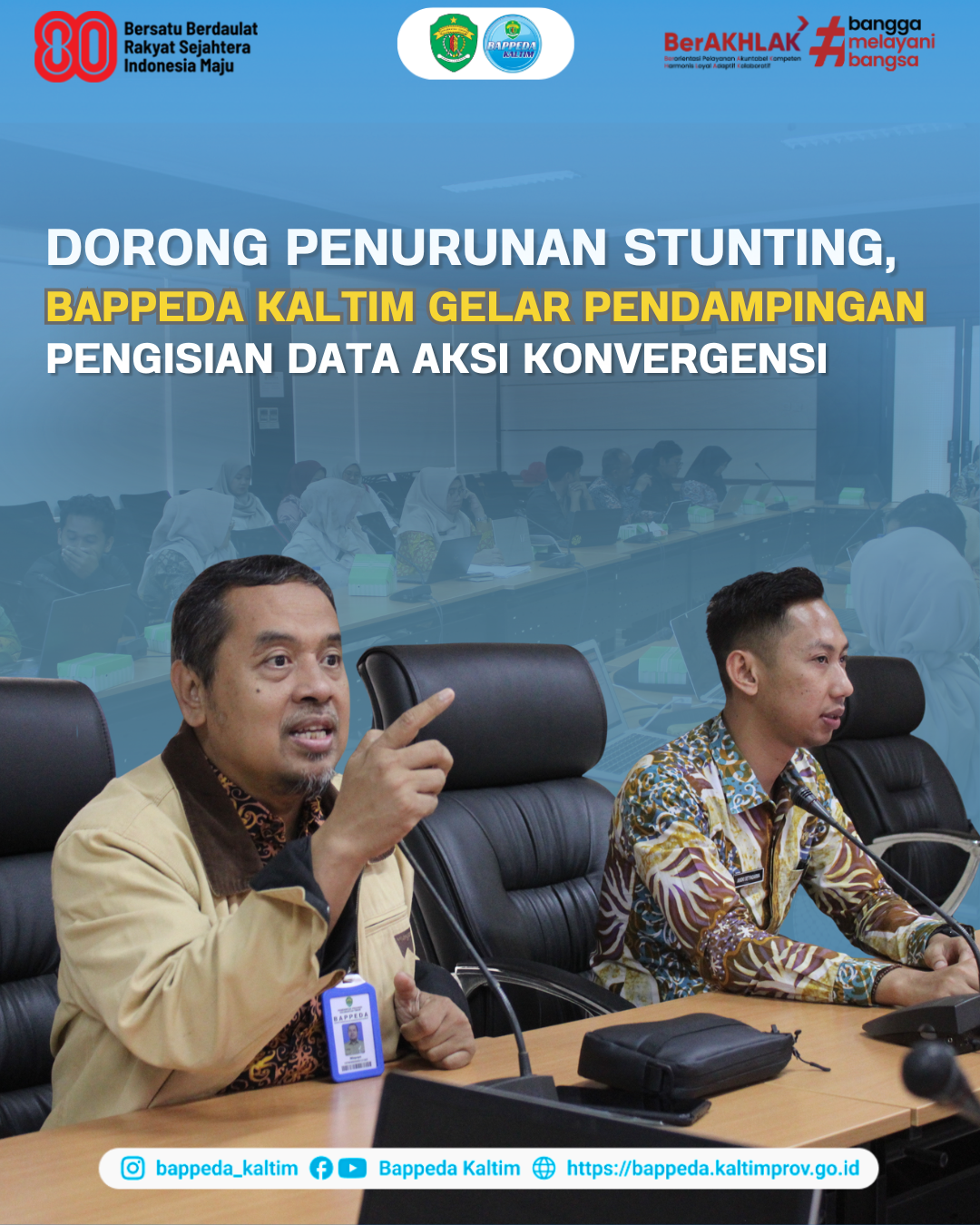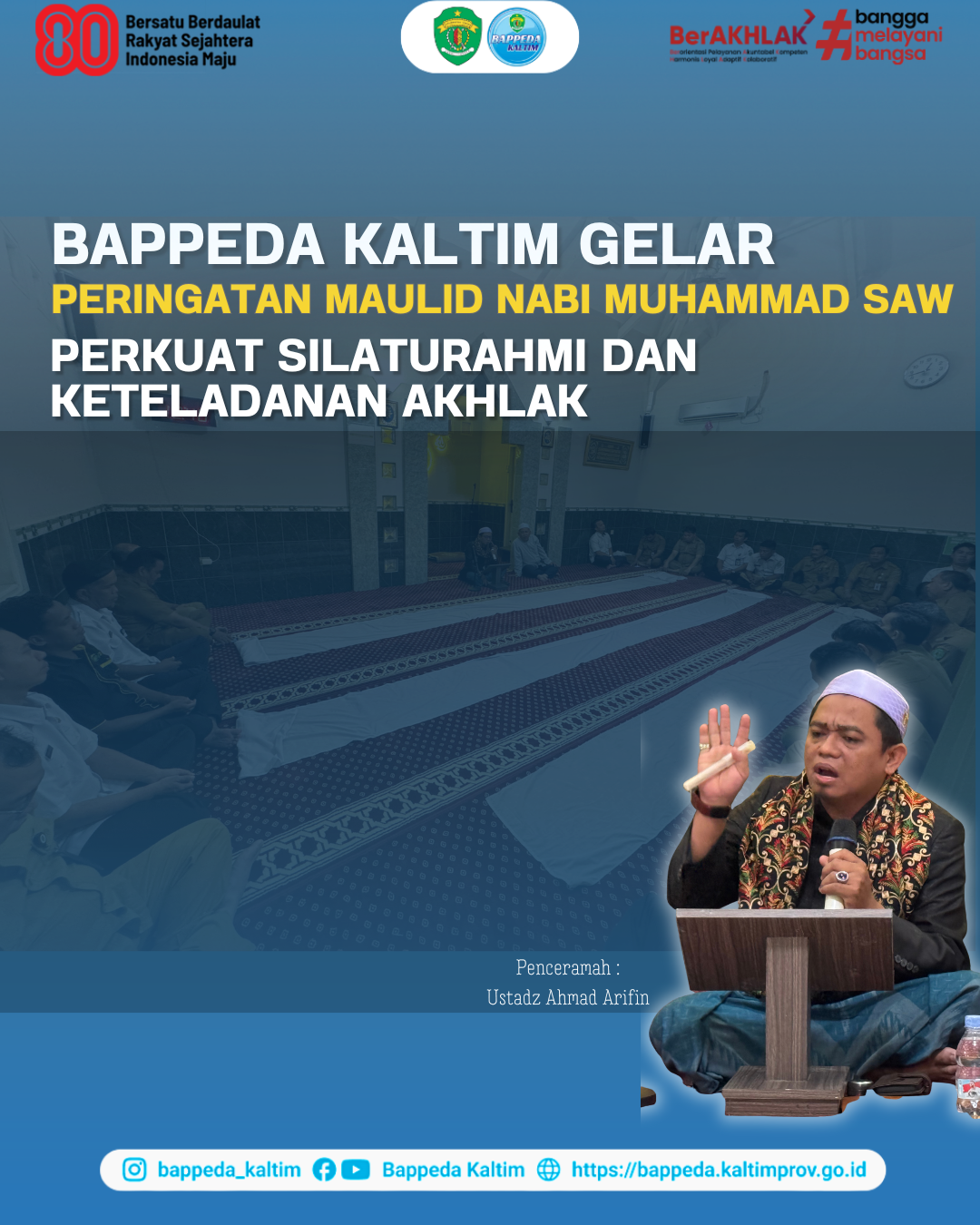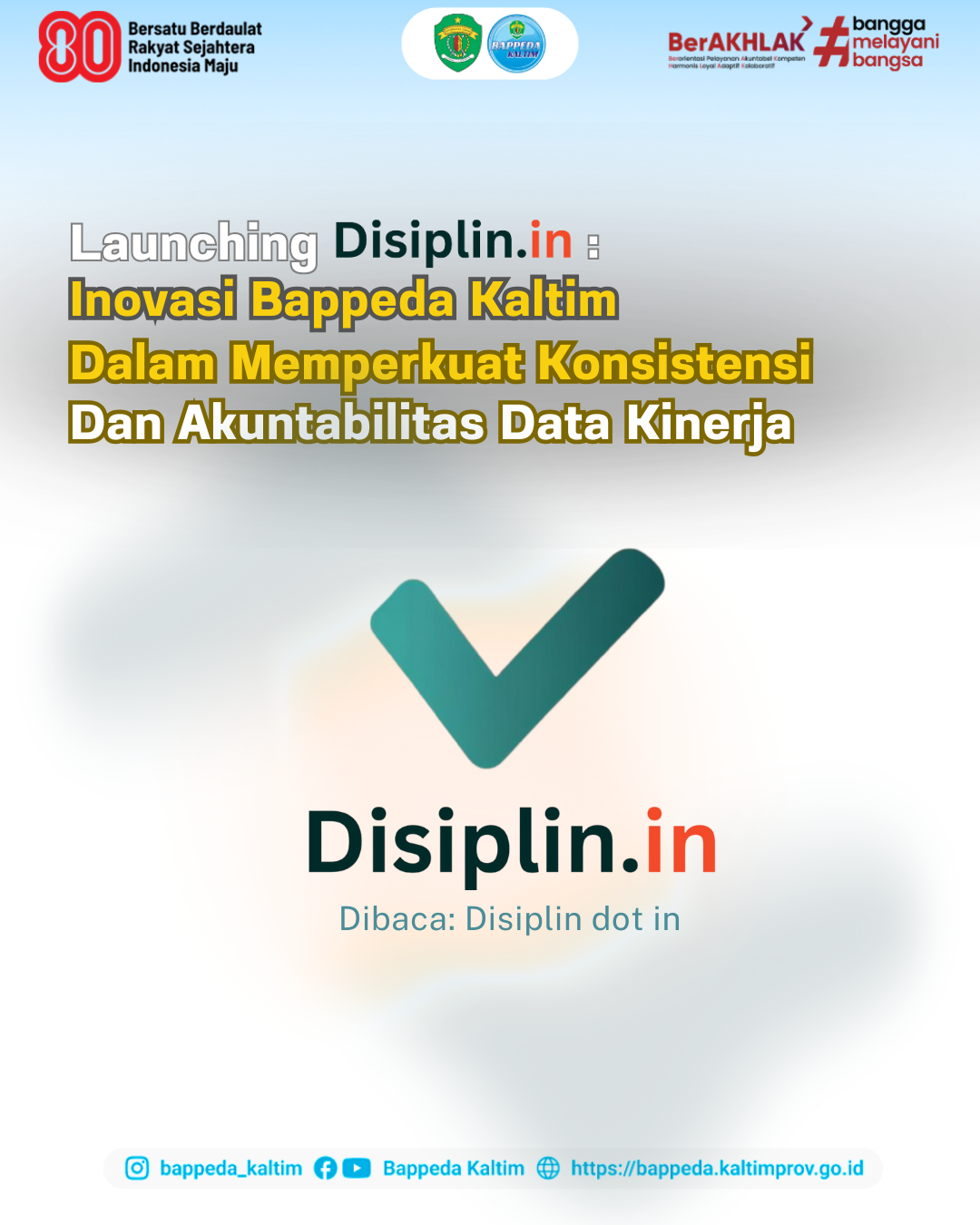BAPPENAS Implements Socialization of Gender Inequality Index (IKG) Indicators
Yogyakarta, 21-22/6/2023. The event began with a welcome speech to the participants by Team Leader Petra Karatji as the implementer of the Gender Inequality Index Indicator socialization activity and then continued with the delivery of remarks by Dr. Muchammad Romzi, Director of Statistical Analysis and Development at the Central Statistics Agency, also explained the role of BPS in Development Planning and then continued with remarks and opened the event by Qurrota A'yun, S.Sc., MPH, Plt. Director of Family, Women, Children, Youth and Sports, Ministry of National Development Planning/Bappenas. IKG socialization participants came from Provincial Bappeda and Provincial BPS throughout Indonesia who attended offline and Regency/City BPS attended online. Meanwhile, representatives from BAPPEDA of East Kalimantan Province who attended Sukandar, S.Sos.
-
The socialization event was held for two days using presentations by resource persons, discussions and group work which were attended by all participants.
-
The results of the implementation of the socialization of the Gender Inequality Index based on presentations from resource persons and participant discussions produced several important points, including:
1. With the end of the validity period of the 2005-2025 National Long Term Development Plan (RPJPN), the Ministry of National Development Planning/BAPPENAS has prepared a preliminary study in 2022 and in 2023 it will continue with the preparation of the Technocratic draft and Academic Text of the 2025-2045 RPJPN, where 17 development goals (directions) have been agreed. One of the goals/directions of Indonesia's development in 2045 is Quality Families and Gender Equality. As a goal, it is necessary to have performance indicators that are able to measure the success and achievements of family development and gender equality;
2. In the 2020-2024 RPJMN document, gender equality development is measured through the Gender Development Index (IPG), which is the ratio of women's HDI to men's HDI and the Gender Empowerment Index (IDG). These two indicators are calculated by looking at reference indicators at the global level, namely the Gender Development Index/GDI and Gender Empowerment Measurement/GEM.
3. Since 2010, the United Nations Development Program (UNDP) has calculated the Human Development Index (HDI) or Human Development Index (HDI) using a new method which is still used today. Meanwhile, Gender Empowerment Measurement (GEM) is no longer used due to several shortcomings and criticisms of this indicator which was later replaced with the Gender Inequality Index (GII) or Gender Inequality Index (IKG).
4. BPS has been conducting IKG studies since 2017 with the aim of obtaining an optimal calculation methodology and as far as possible using indicators that are the same or close to the GII indicators;
5. The Gender Inequality Index (IKG) shows the potential for human development achievements to be lost due to gender gaps in the dimensions of reproductive health, empowerment and the labor market;
6. Variables forming IKG include:
1). Proportion of currently married or previously married women aged 15-49 years who gave birth in a health facility in the last 2 years;
2). Proportion of currently married or previously married women aged 15-49 years who had their first live birth at the age of less than 20 years;
3). Percentage of population aged 25 years and over who have at least a high school diploma/equivalent according to gender;
4). Percentage of members of parliament by gender;
5). Labor force participation rate by gender.
7. The Ministry of Home Affairs conveys suggestions to regions in order to support policies from the central government in efforts to change the gender empowerment index (IDG) indicator to the gender inequality index (IKG) to include regional planning documents in the 2025-2045 Regional Long Term Development Plan (RPJPD) with the Gender Development Index (IPG) indicator, but continues to coordinate with other technical ministries to make adjustments. (curr).


